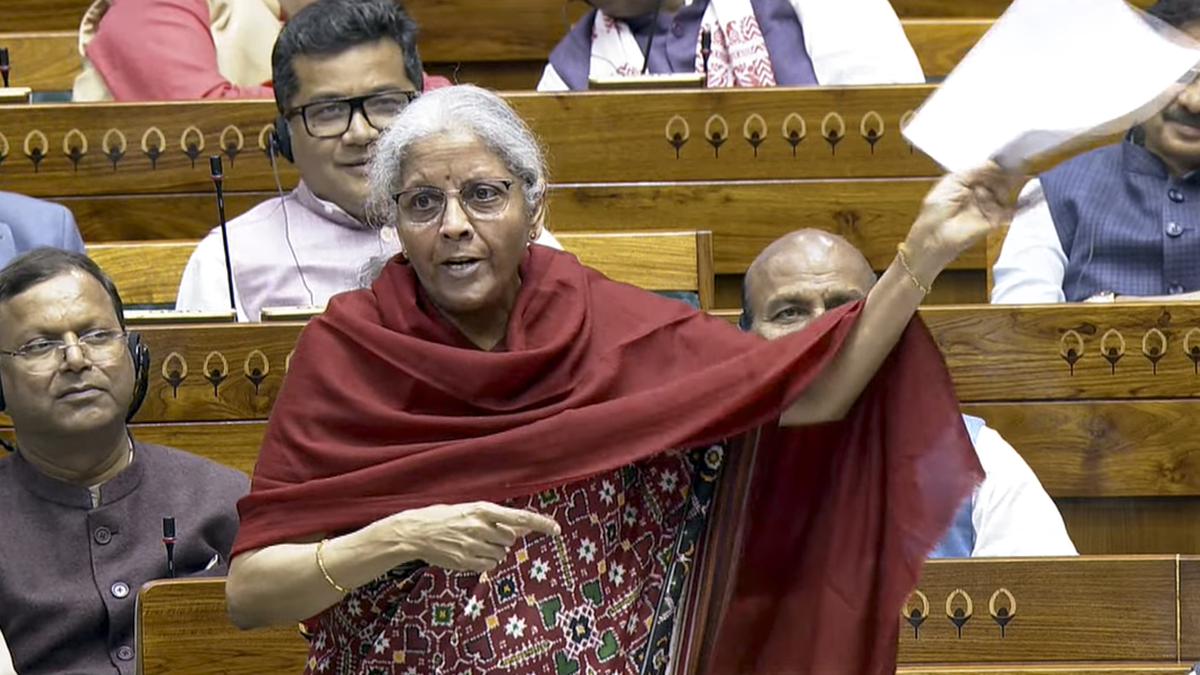
Parliamentary proceedings: Govt using almost entire borrowings in FY'26 towards capex, says Sitharaman in Lok Sabha
The Hindu
Finance Minister Nirmala Sitharaman discusses the effective capital expenditure, fiscal deficit target, inflation management, and rupee depreciation in Lok Sabha.
The Government is using almost the entire borrowing in 2025-26 towards financing capital expenditure, Finance Minister Nirmala Sitharaman said on Tuesday (February 11, 2025)
She said the effective capital expenditure in FY'26 is ₹15.48 lakh crore, which is 4.3% of GDP.
Also read | Budget 2025-26: A promising first step, but miles to go
The fiscal deficit target is 4.4% of the GDP for next fiscal.
"It indicates that the government is using almost the entire borrowed resources for financing effective capital expenditure. So the borrowings are not going for revenue expenditure or committed expenditure, or any of those kinds.
“It's going only for creating capital assets. So, in effect, the government intends to use about 99% of borrowed sources to finance effective capital expenditure in the upcoming year," she said in the Lok Sabha.
Replying to a discussion on General Budget 2025-26, Ms. Sitharaman said the Budget has come in a time of immense uncertainties, changes in the global macro-economic environment, stagnating global growth and sticky inflation.













